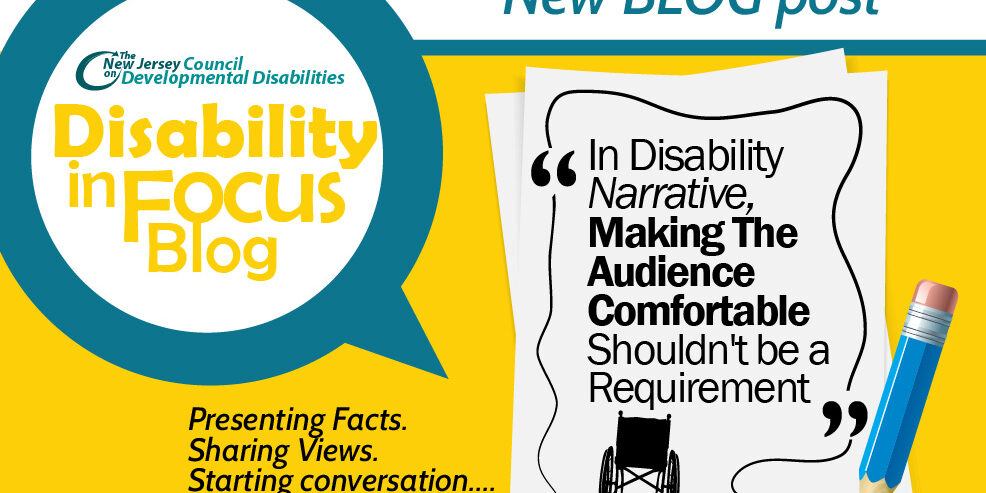The culture surrounding disability is a somewhat foreign one, which the mainstream, non-disabled (or “able-bodied”) community doesn’t always know how to handle. The fact is, a lack of disability is so expected, so normalized, that many people who aren’t associated with the disability community may not even recognize “able-bodied” as a term of identity. What those who are not associated with the disability community are missing are appropriate ways to react to the reality of disability. It’s not their fault; their education on the subject is ridiculously skewed.
A standard disability narrative is one which caters to the comfort of a non-disabled audience in a phenomenon known in the disability community as “Inspiration Porn.” This is a media portrayal centered on a subject or character with a disability whose purpose is to convey a message to a non-disabled audience that the disabled subject can live a life as close to that of a non-disabled person as possible. This is predominantly accomplished in one of two ways.
First, normal navigation through life is treated as an extraordinary feat of strength and character. Such portrayals include:
- A child with a disability who makes friends with other “normal” children at school, or, from the non-disabled person’s point of view, a child who committed the noble act of befriending someone with a disability.
- A couple in which one person has a disability and the other doesn’t but somehow still manage to fall in love; or a selfless partner whose life is filled with constant struggle, but who still puts their disabled lover’s needs before their own.
- A high school senior with a disability has plans to go to college directly after graduating, or a wide-eyed hopeful dreamer in a wheelchair “hopes to attend college someday.”
- A team manager with Down’s syndrome “gets” to make the last basket of the season, and everyone celebrates, while this tokenized individual is shamelessly mascotted for the satisfaction of the team’s own ego.
- An individual with autism has a special skill that is lauded as extraordinary all over the news, failing to realize that people, no matter what neurotype, all have varying degrees of skill.







